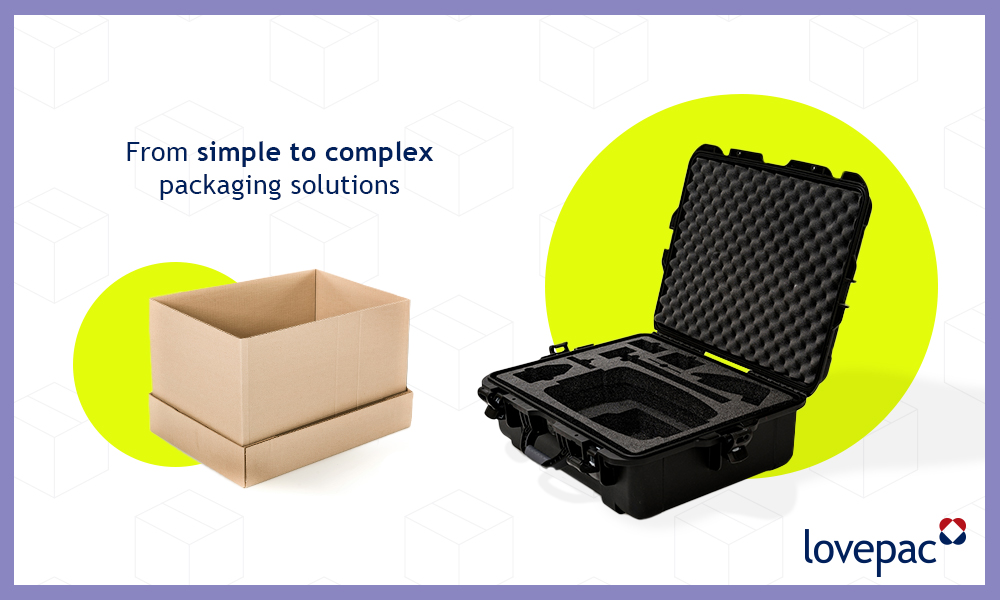As a packaging specialist, my most satisfying accomplishments are when everything lines up just perfectly when taking on a particular customer packaging project.
Let me explain. A few months back at a trade show, a buyer from a Quebec based company started a conversation about a specific product they were having complaints about. The product was arriving at the final destination damaged, and the client needed our help to find a packaging solution.
According to the client it was simple redesign of an RSC box and foam. In the end, the visit proved to be a great example of why inviting a packaging specialist into your business adds tremendous value.
Let me put the project into context. The client was a high-end aerospace machine shop that manufactures precise and complex metal parts. The client wanted us to create a box to ship part “XYZ” without damage.
After asking questions to the shipping manager and quality control person, (to validate my analysis of the existing packaging for part “XYZ”) I came to the conclusion that the existing packaging was actually acceptable for the application, perhaps even a little over packaged. The client was trying to solve the issue with more packaging, still it was ok none the less.
When I shared my findings my client was floored. Why would I say that since it’s to my advantage to sell them something -right? I told them that I was convinced the damage was not related to shipping and asked to see the process from the machining to shipping.
What I learned was, part “XYZ” was machined and then put in a plastic bin with other parts on a rack. This product was then wheeled to the inspection department, then oiled, packed and shipped to an external paint shop. The product was then shipped back once painted, sent to final assembly, again to quality control, and finally to the shipping department in that same plastic bin.
You can imagine the risk level of this part getting damaged during this cycle. This is when the quality control person chimed in confirming many parts actually needed to be reworked before shipping, and some can go through with issues unnoticed. The paint shop was also complaining about removing the oil and paying for the return packaging.
My prescription was to offer them a total solution to eliminate all risk of internal damage and save them time and money.
Packaging solution proposed
- Removing the plastic bins and replacing them with a reusable custom foam tray (Eliminating the parts from rubbing against each other in production)
- Giving them an anticorrosion bag for each part. (Eliminating the oil application process to address the issue for the paint shop)
- Suggesting they use that same foam tray in a reusable hard case to ship to the paint shop. (Ensuring the part is well protected in transport – the supplier can then use the same reusable case to ship back)
- The part is returned from the paint supplier to the quality control department, where the foam tray is removed from the case and continues to protect the part in the manufacturing process until the final assembly.
- The part is then wrapped in an anticorrosion paper (available from Lovepac) and shipped in that current RSC box.
We reduced the “XYZ” part exposure to damage by 75%, eliminated the scratches and dings, made the paint supplier happy, increased productivity by removing the oil application and drying time, and decreased overall packaging costs by providing a reusable application.
In return the customer was glad to give us an order for reusable cases and foam insert trays with multiple orders for our line of anticorrosion products.
At Lovepac we are the doctors of packaging solutions. We will increase internal efficiencies, decrease damages and labor costs and leave our clients able to focus on their core business. Let us look at your headaches and provide the ideal prescription!



